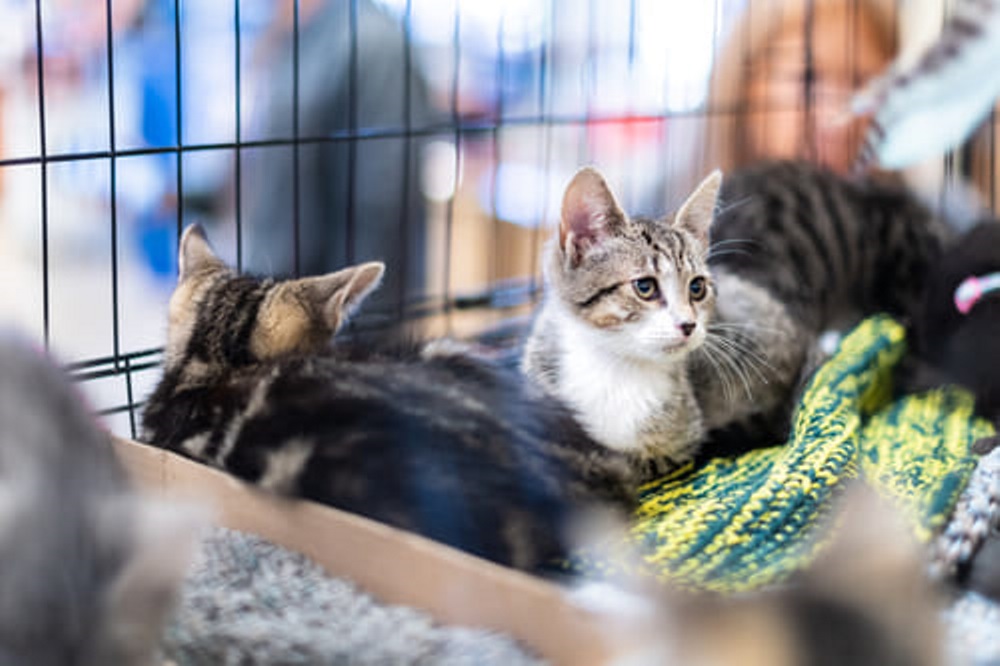A fresh start; Adopting a cat or kitten

Adopting a new family member is such an exciting time and you’ll want to be prepared to give them the best possible start at a new life. Before you bring them home, you should have, at a minimum, these 5 things prepared:
- Food
- Water
- Litter tray
- Scratching area
- Rest and hiding areas
Fresh water should always be available and out in the open and litter trays need to be regularly cleaned and in a quiet and equally tidy place, such as the laundry room.
Scratching posts or toys are also very important for both entertaining and grooming your cat. Scratching is part of a cat’s nature and helps them manage emotions, keep their nails in check and mark their scent through the glands in their toes.
It’s no secret that cats love to hide. Private, quiet and safe places like underneath a bed or even a cardboard box with soft blankets are perfect for making them feel secure.
For a kitten
You must remember that a kitten is just a baby; they’re going to be dependent on you for their development and growth. To feed them, you should introduce canned or dry kitten food, with either a bowl of dry food left out to snack on throughout the day or set times to eat. A kitten that’s 3 to 6 months old should have meals 3 times per day.
If your kitten is adopted from places such as the RSPCA, they will be desexed, vaccinated and given a checkup from a vet before they’re sent home with you – make sure to double-check that this has all been done.
For an adult cat
Being moved from the shelter to your home is a big step for your new cat to take. They might be stressed, scared and feel unsafe as they are in a new environment with strange sounds, sights, smells and people who they aren’t sure they can trust yet.
Unlike a kitten, an older cat has past experiences and they might not all be friendly. That’s why it’s important to not rush them or demand affection.
Containing your cat to one room at first and slowly introducing them to the rest of the house is a good plan for not overwhelming them. Establishing a routine is also important for getting them settled in, with feeding, play and cuddle times.
Use positive reinforcement for behaviours you want to encourage, such as using the litter box correctly or letting you pet them. With this, pay attention to your cat’s body language and ensure that when you’re touching them that they aren’t stressed. An at ease cat will purr, slowly blink, expose their belly, or simply be relaxed. If they show signs of anxiety, like hissing or ears that are pointed back, give them some space and wait until they come over to you. Be patient and your cat will quickly realise that they can trust you and that you are committed to loving them no matter what!
Choosing to adopt a cat or kitten will provide you and your family with love, affection and a lifetime of memories. With your commitment and care, you can provide an adopted cat with a second chance at having that as well.